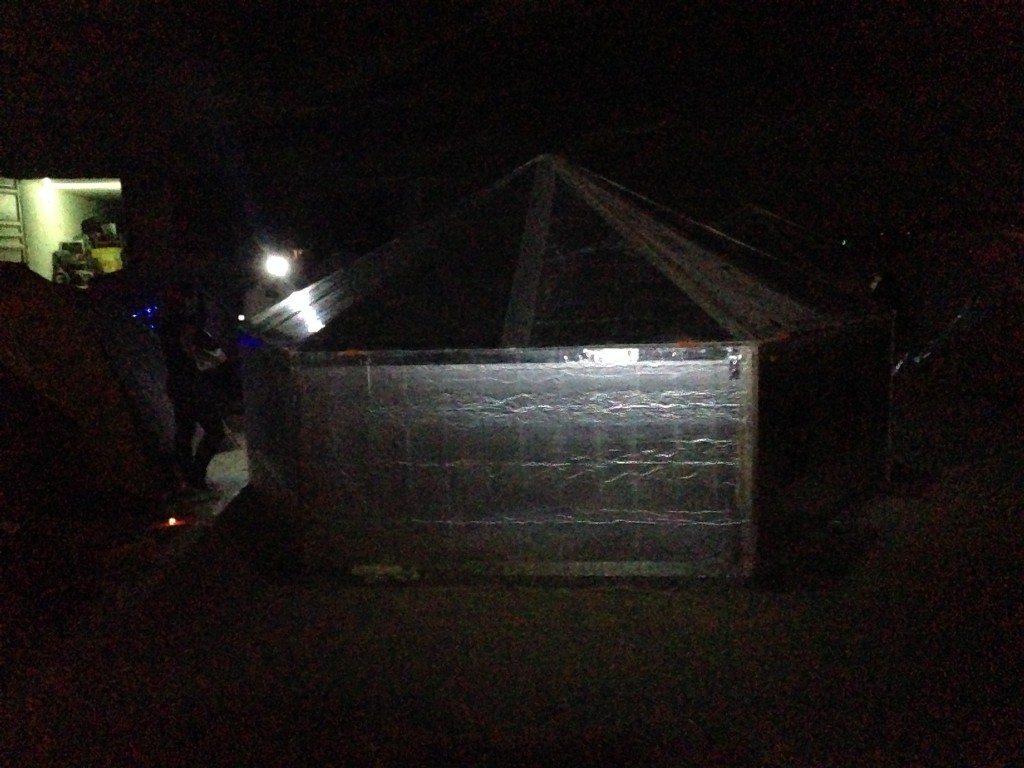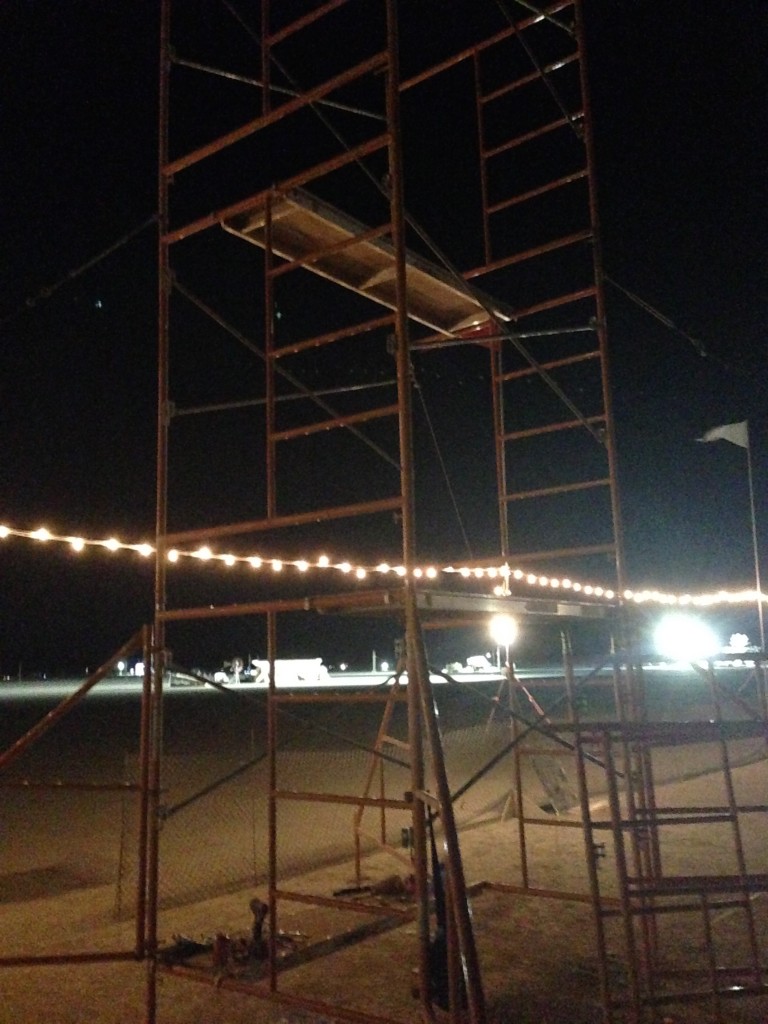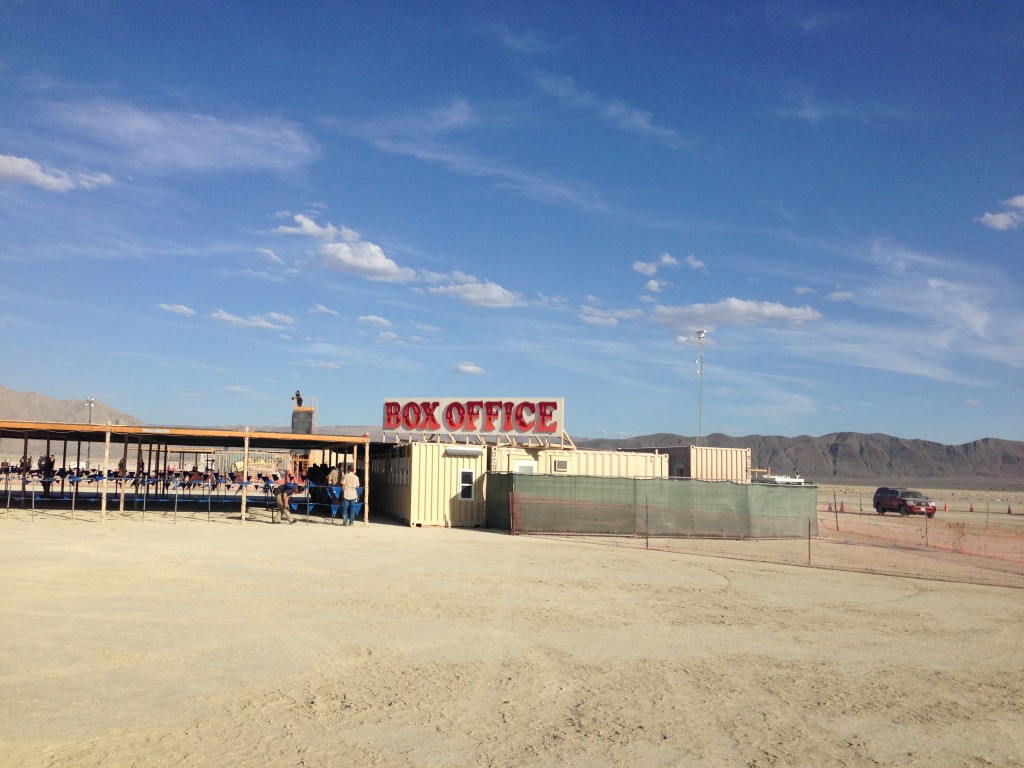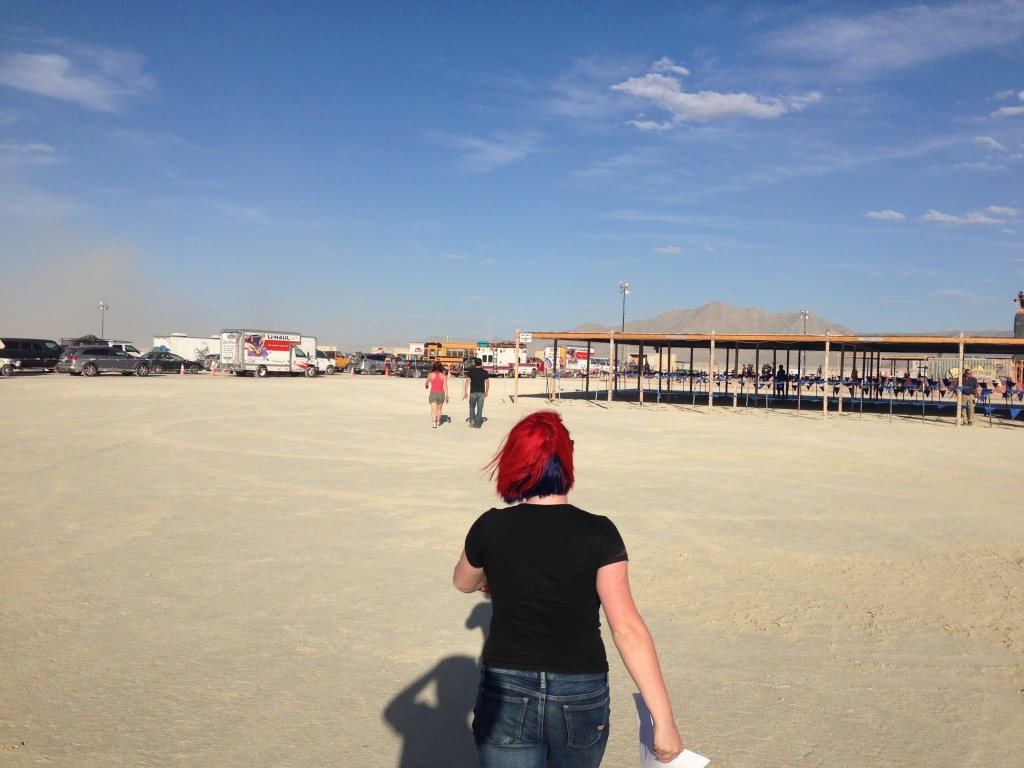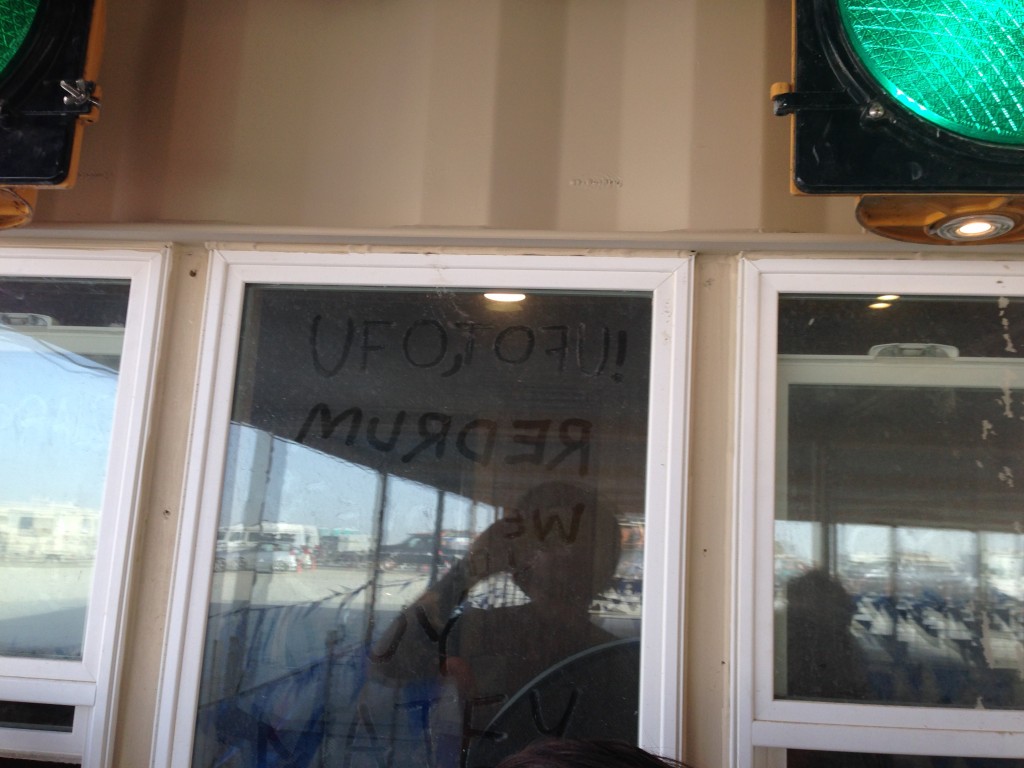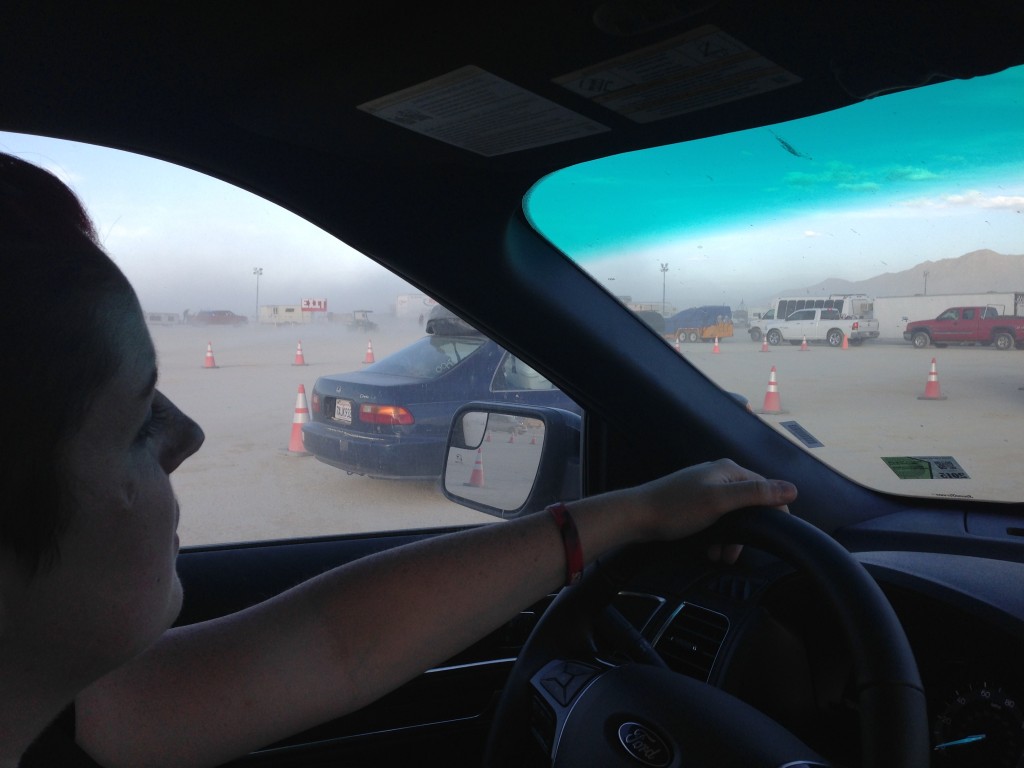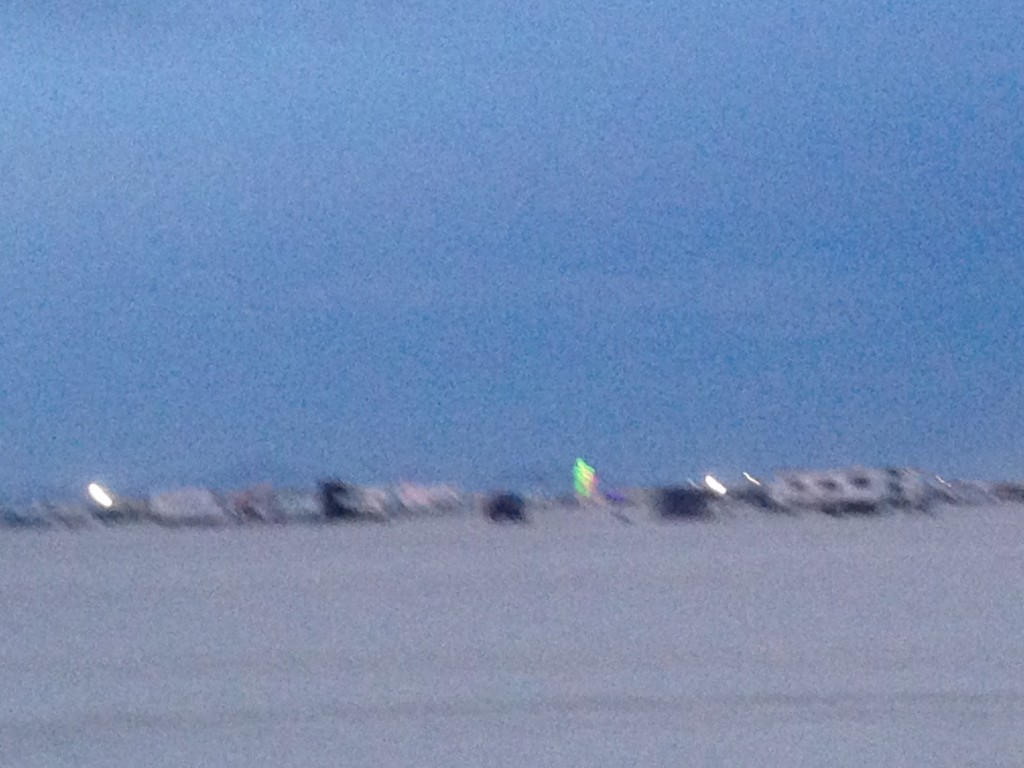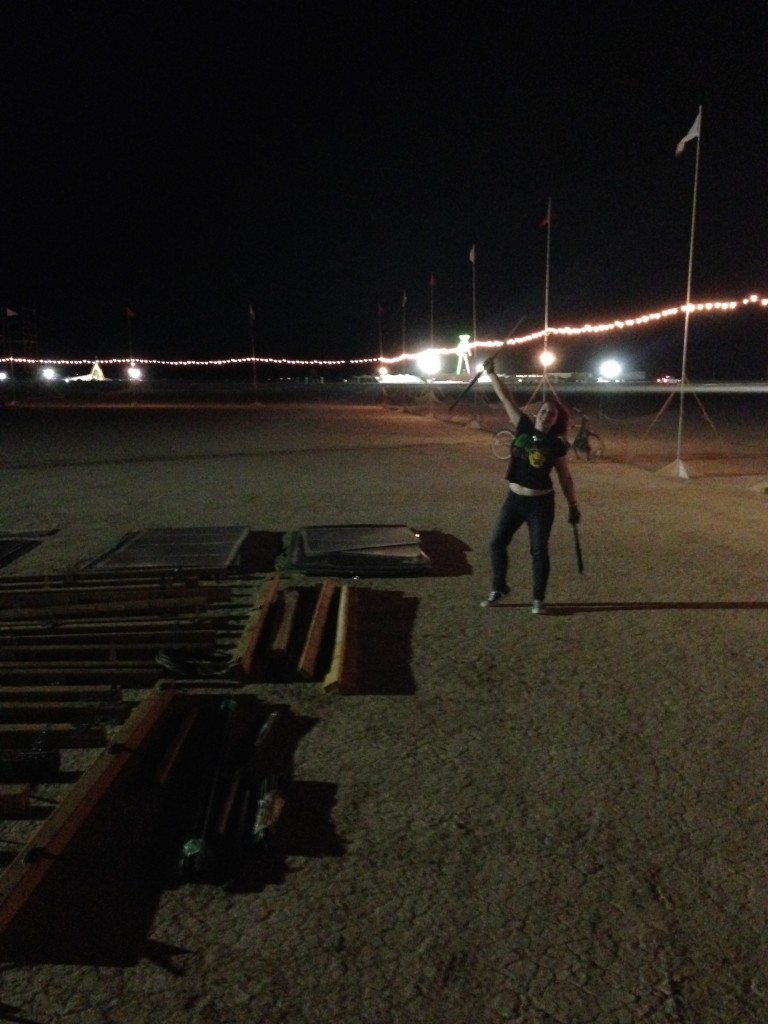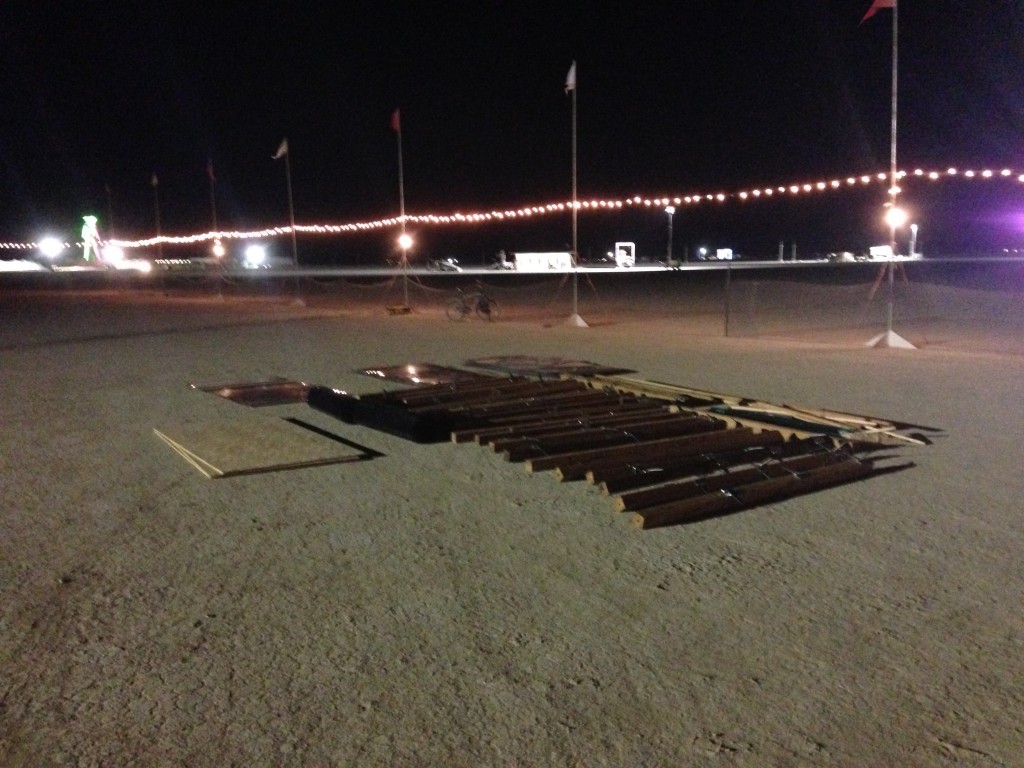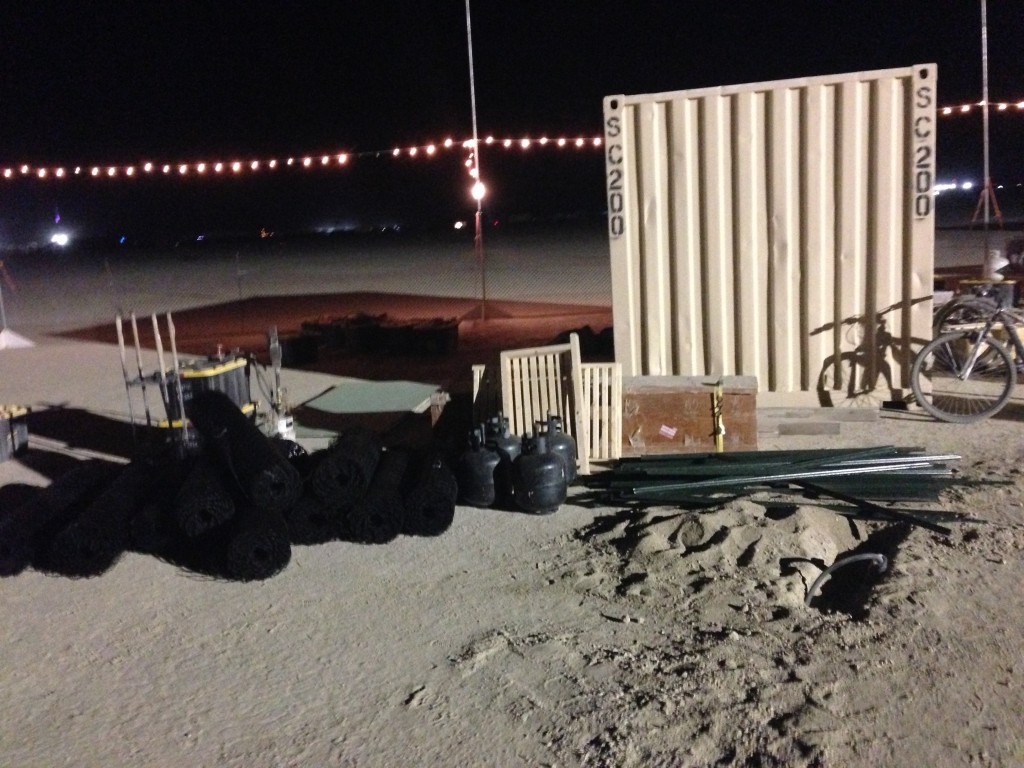Yesterday, we talked about five management roles:
Performance Manager (Worker Evaluation)
Estimatrix (Estimator)
Product Owner (Prioritization)
Scrum Master (Removing Obstacles)
(People) Development Manager (Development Conversations)
In a traditional corporate structure, these five roles are combined in one person (your boss).
However, there are many ways to divide these roles, and many reasons to do so (the simplest being that different people are good at different things).
Valve famously has an incredibly flat structure, where each person has a set of peers (the rest of the company) who handle performance management, and all of the rest of the roles are performed by each person themselves. As they say, occasionally teams will form with people splitting off into roles, but that’s all dynamically allocated by the people involved.
Your standard ‘Scrum‘ Agile shop will tend to put the ‘Performance Management’ and ‘Development Management’ into a ‘People Manager’. ‘Estimation’ is done by the team as a whole, the ‘Scrum Master’ or ‘Obstacle Remover’ is traditionally not the people manager, but is a separate role. The ‘Product Owner’ can be the ‘People Manager’, or someone else, sometimes an external product or project manager, but is generally not the same person as the ‘Scrum Master’.
I would argue that this tension between prioritization and removing obstacles is one of the reasons the system works better than many.
There seems to be a growing trend to separate Performance from Development[1], with some companies having separate reviews in different parts of the year for each of these. This can be especially helpful as many people are unlikely to be relaxed enough to think about how to take beneficial risks in the future when they’re tied up in knots about whether their boss wants to fire them.
I think it might make sense to push this to its logical conclusion, and have separate people for these separate roles in a company. The ‘Development’ role feels almost like a traditional HR thing, but I feel like to best serve employees, it would really need to be a separate department, called ’employee growth’ or something similar.
What do you think? What have you heard about how different organizations split these roles? How do you think they should be split?
[1]Development as in ‘where is your career going?’
